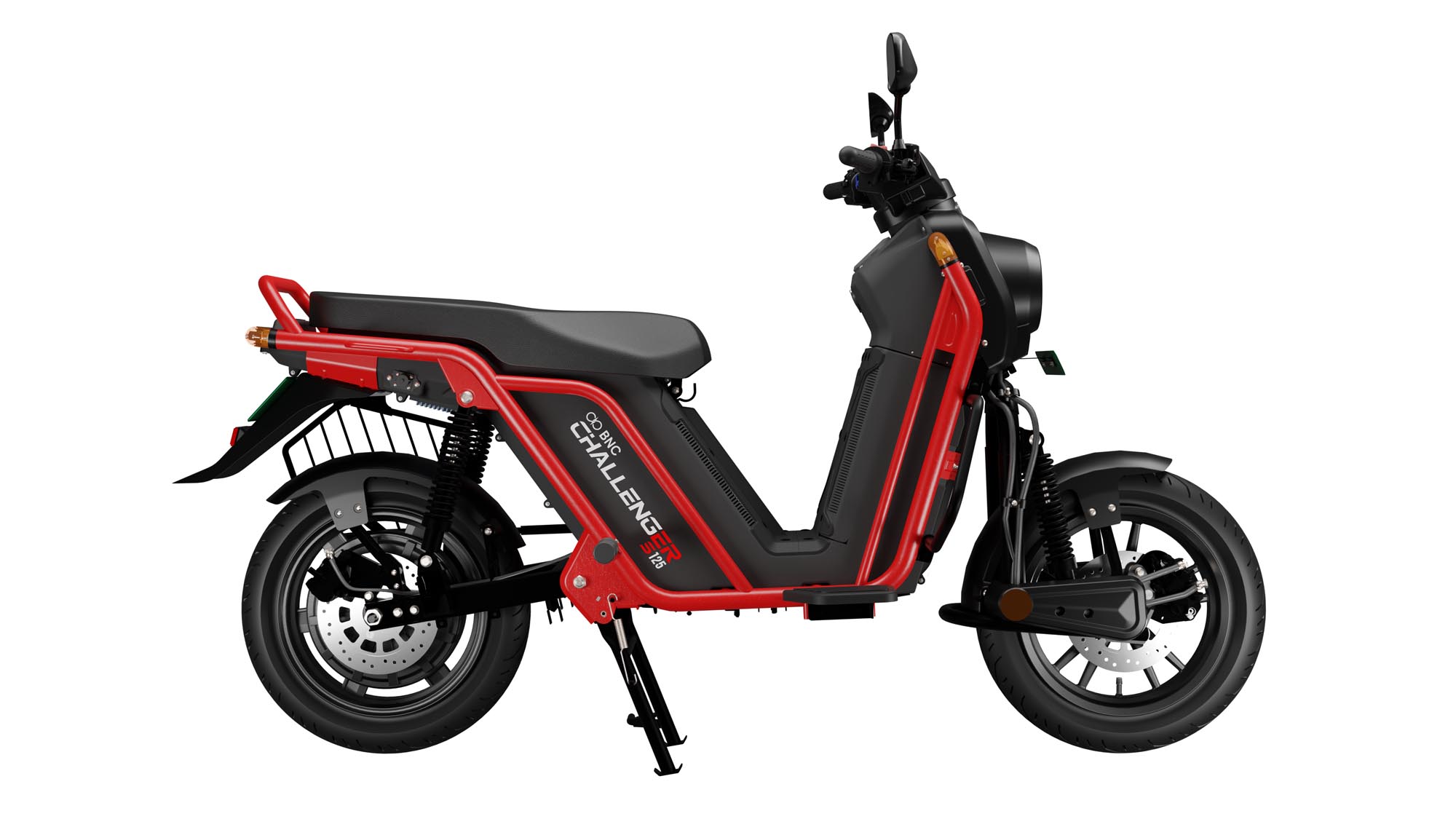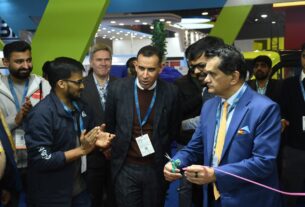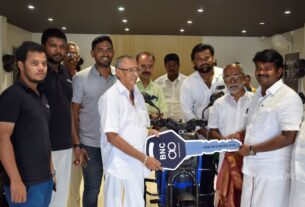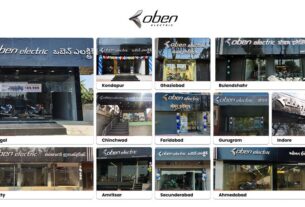
As the electric vehicle market continues to evolve, BNC Motors stands out with its diverse product range and commitment to innovation. From bikes to scooters, BNC Motors offers a compelling lineup designed to meet the diverse needs of consumers. In this exclusive interview with Mr. Anirudh Ravi Narayanan, CEO, BNC Motors, Raghul Sivaguru goes into BNC Motors’ market strategies, technological advancements, and future plans, shedding light on what sets them apart in the competitive landscape of EVs.
It is nice to see a good variety and diversity among BNC Motors’ product range – Bike, Moped, and Scooter. How has the market response been, and what is the share of your sales among the different offerings?
We are currently offering Challenger S110 and S125. The response to these vehicles has been very positive, and our customer satisfaction is very high. We are looking at launching two more products this year and broadening our offerings to meet the diverse requirements of an even larger audience.
Where do you manufacture your products? What is the current installed capacity?
Our manufacturing facility is in Coimbatore, Tamil Nadu. As of now, our current plant has a capacity of 100k units per year. However, we are in the process of moving to a new facility which will expand our capacity 4x to 400k units per year.
How many dealers, charging stations/points, battery swapping stations do you have Pan India? What is your strategy to further expand and increase your reach and presence across the country?
At present, we have dealers primarily in South India, mainly in Tamil Nadu. We are in the process of expanding our dealer network and will be tripling our dealer network in the next 2 months. For charging points, we offer chargers that can be plugged into any standard socket, so there is no need for charging infrastructure for our bikes. For battery swapping, we are awaiting clarity on the battery swapping policy by the Government before initiating this business.
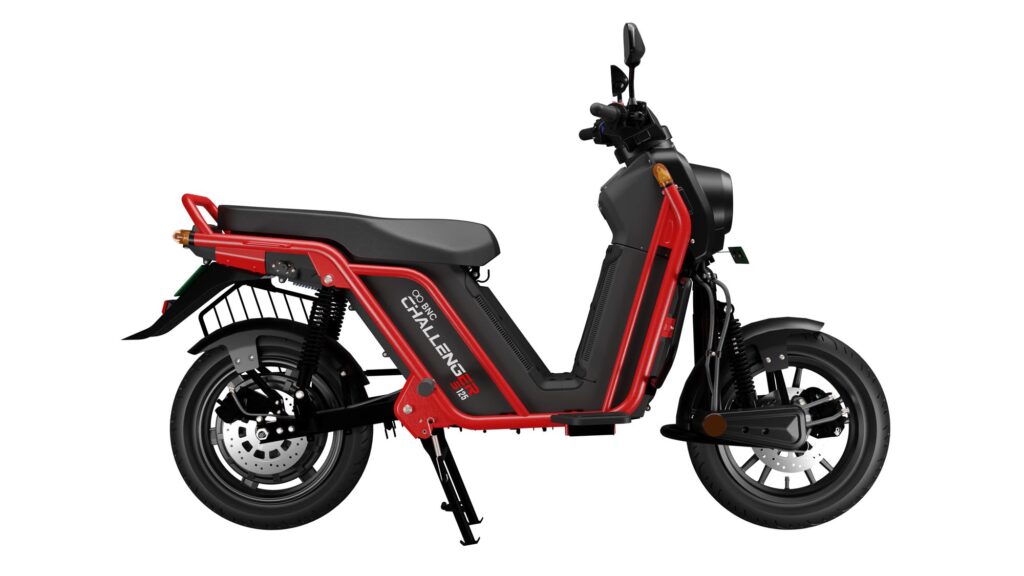
What is your take on the extension of the FAME-II subsidy till July 2024? Some experts opine that subsidies should be allocated more for public transport and not for private transport. Your thoughts in this regard?
We advocate the strategic shift of the FAME-II subsidy to public transportation infrastructure instead of continuing the focus on private transport. While the subsidy has helped incentivize electric vehicle (EV) adoption, its current focus on the private sector has led to manufacturers overly relying on these incentives. This dependency has compromised the ability of manufacturers to build globally competitive EV products. Only if manufacturers are forced to be competitive without subsidy can India be globally competitive in EVs. Redirecting subsidy incentives towards the public transportation ecosystem at this point will serve a larger segment of the population and contribute to significant reductions in emissions, paving the way for long-term societal benefits.
How do you support the claim that ETROL is the safest EV Battery Pack in the country? Does it involve any different cell chemistry? Also, does BNC Motors offer its battery pack for use by other EV OEMs?
Cells are the most volatile part of the battery pack, and when we designed the Etrol pack, safety was our first consideration. With this in mind, we used LFP (Lithium Ferrous Phosphate) chemistry, which is a far safer chemistry compared to the predominant Li-Ion (Nickel Manganese-Cobalt) batteries. Even within LFP, our cells have been customized for greater safety and performance. Our batteries are able to withstand conditions far beyond the AIS-156 standard and have been designed to have zero probability of safety incidents. For example, there are instances of batteries catching fire due to mechanical damage – in our battery, this is not possible, and we have passed the nail penetration test. Also, while standards require 300°C for 30 minutes, we are able to withstand temperatures of 400°C+ continuously. At present, we are not offering the Etrol Battery pack to other OEMs, but in the future, we are considering offering this.

Warranties in EVs are usually restricted to battery and motor. How have you been able to extend it to the chassis as well? Where does your confidence stem from?
We recognize that electric two-wheelers have faced issues with mechanical parts as well in the past. There are several instances of mechanical parts breakage related to the front fork and chassis that have plagued other manufacturers. We want our customers to have complete peace of mind when they purchase our vehicle. With this in consideration, we are also extending a 7-year warranty on our chassis. Our chassis are architected for durability and are made of high-tensile steel and are tested under extreme conditions on torture tracks and accelerated durability testing machines. This gives us the confidence to offer customers the warranty – a unique proposition in the market.
Do all BNC vehicles come equipped with an onboard telematics system? What are the other standout tech features in your EVs?
Yes, all BNC products are equipped with telematics capabilities, providing customers with real-time monitoring through a convenient mobile app. We are continually adding capabilities to the mobile app, including trip history, environmental impact estimation, accident alerting, service booking, and more. Apart from telematics, other standard tech features across all products are the industry-leading warranty and the Etrol battery. We believe in the quality and reliability of our products, which is why we provide the highest level of warranty coverage, giving our customers peace of mind and confidence in their investment. We also believe that customers should have the convenience to charge the vehicle anywhere and, in the future, swap-and-go to reduce time for recharging, so all our vehicles have swap-ready Etrol 40 batteries.

With so many brands of EV scooters available in the market, how does BNC differentiate itself from the rest? If you have to pick your top 2-3 USPs, what would they be?
First, our vehicles are purpose-built. We develop a deep understanding of the target markets and build our vehicles accordingly. For example, the Perfetto is designed with large seat space and legroom to support family applications, metal body for long-lasting use, classic design which is gender-neutral, appealing across age groups – all with the intention of supporting the 125cc segment users. A similar approach is applied within our other vehicles as well. Second, we are highly vertically integrated with ~70% of the parts by value being made in-house. This allows us to control costs, offer better capabilities to customers, and better serviceability. Finally, with every vehicle, we satisfy a few points – which collectively – no one else does today. Our vehicles are reasonably priced compared to ICE counterparts, and of course, much lower cost to operate on a per km basis, so they deliver a lot of value. They have portable chargers and swappable batteries and are so convenient. They have the best-in-class warranty and deliver peace of mind. And finally, they deliver specs and experience on par with or better than their ICE counterparts.

Please tell us more about the design aspect – how have you ensured the best possible payload, seat length, spacious floorboard, etc. in your EVs?
We’re able to achieve all of this because of our no-compromise approach. Once we understand the customer, we want to make sure we deliver the best for them – no matter the engineering challenges or cost involved.
What is BNC Motors’ market share at present? What are your plans to further grow and expand
your presence in the Indian EV market?
Our market share is small at present – we just started our commercial sales, and we were deliberately slow and geographically limited in the beginning to make sure we focus on customer satisfaction and after-sales capabilities. Now that we are comfortable with these metrics, we are in the process of scaling up. In the next fiscal year, we will be expanding our dealership network across India, scaling international sales, launching new products, and moving to a new factory. FY’25 will be our year.


